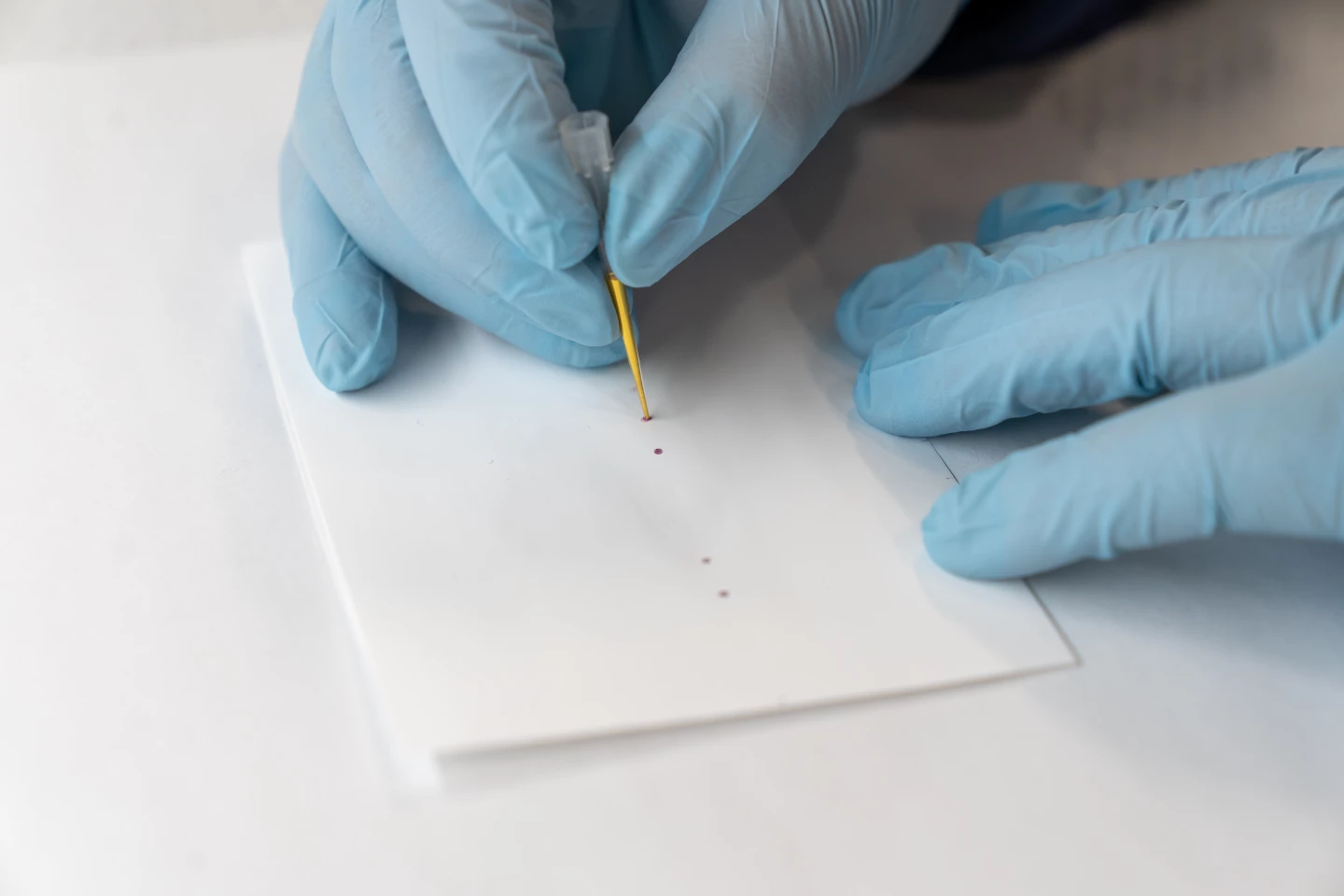Salmonella bacteria are responsible for the most common type of food poisoning, which can cause people to become quite ill. A new test, however, is able to detect the microbes' presence in food faster and easier than ever before.
One of the problems with salmonella-tainted foods – most often meats, fruits and vegetables – is the fact that they typically don't look, smell or taste any different than they usually do. And while it already is possible to test food samples for the bacteria, those tests involve growing bacterial cultures in a lab over the course of at least one day.
By contrast, the new technique can be performed on location, and it delivers results within no more than an hour. It was designed by scientists at Canada's McMaster University.
At the heart of the technology is a novel McMaster-created synthetic nucleic acid molecule, which is sandwiched between layers of gold microparticles. That composite material lines the inside of the tip of a glass pipette, which is used to draw in a liquified sample of the food in question.
If any salmonella bacteria are present in that sample, they will cut through the gold microparticles, allowing the nucleic acid to escape into the liquid. When a drop of that liquid is subsequently applied to a paper test strip, the presence of the bacteria-released acid will cause that strip to turn red. The greater the amount of acid (and thus the greater the concentration of bacteria), the brighter the red will be.

"Using these tests is easier than using a COVID test, which so many people are already doing," said Dr. Carlos Filipe, chair of McMaster’s Department of Chemical Engineering. "For this to be as effective and useful as possible, it has to be easy to use."
Project partner Toyota Tsusho Canada is now planning on commercializing the technology for use by clients such as poultry producers, supermarkets and other members of the food industry. The system could even be incorporated into food packaging, which would allow consumers to see for themselves if the food is tainted.
A paper on the research, which was led by Prof. Yingfu Li, was recently published in the journal Angewandte Chemie.
Source: McMaster University





